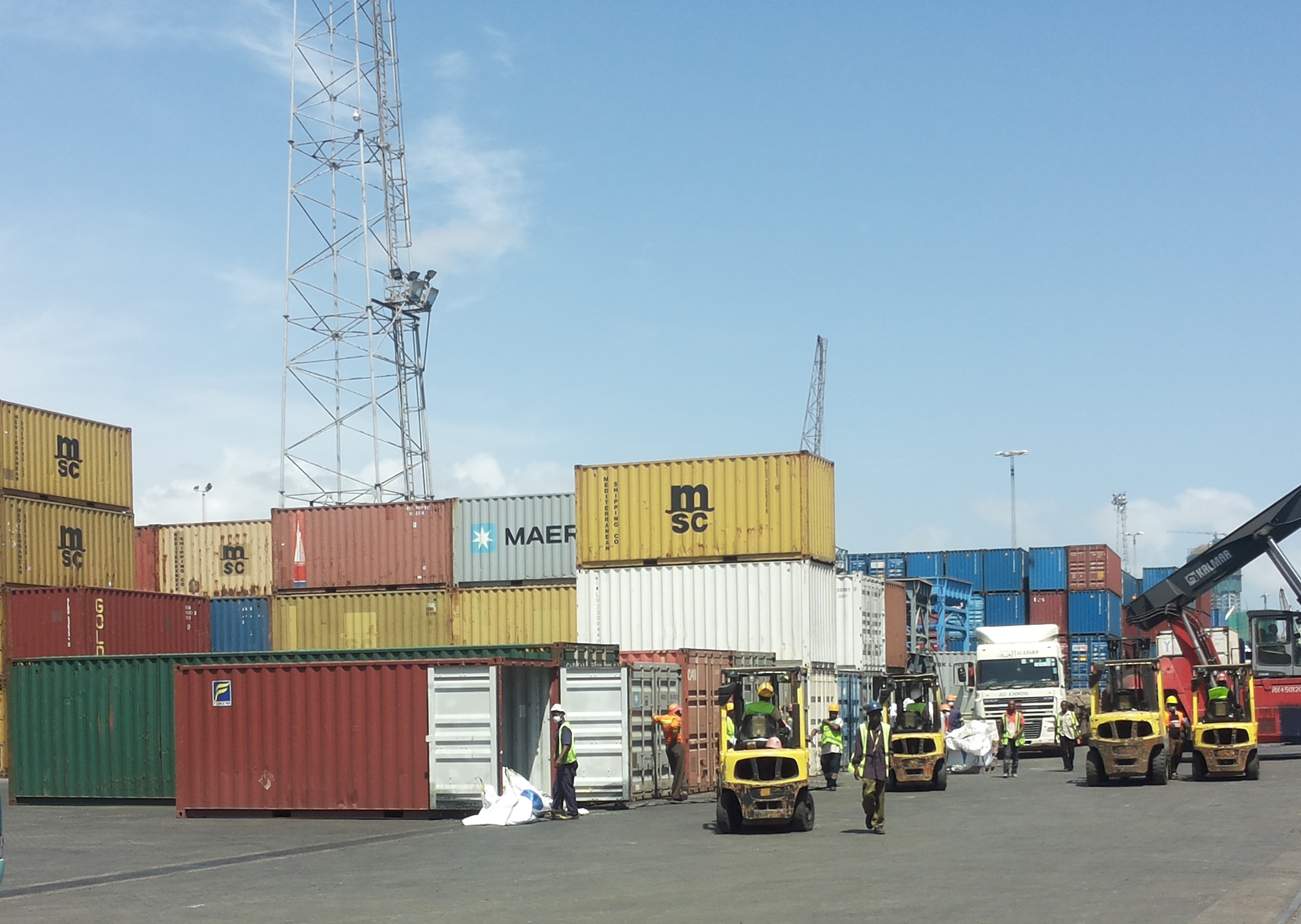MAHB Collaborations with International Partners
The JRC has an extensive history collaboration with the Working Group on Chemical Accidents of the Organisation (WGCA) for Economic Co-operation and Development (OECD). Supported on the policy side by DG-Environment, the OECD WGCA works often with JRC experts to explore special implementation topics, such as safety performance indicators, corporate safety leadership, and lessons learned from chemical accidents. EU Member States also work and often lead these special studies to uncover new knowledge and tools to support implementation of Seveso obligations around the EU.
|
|

|
More recently, the JRC has collaborated with international partners to give technical training to help build capacity in developing countries where industrialisation is quickly making chemical accident prevention and preparedness a priority for sustainable development. The European Commission, represented by DG-Environment, is a Party to the Convention on the Transboundary Effects of Industrial Accidents (TEIA) of the United Nations Economic Development Commission (UN ECE) that was first authorized by the Conference of the Parties in 1999. Since the Convention's earliest days, the JRC has provided technical support in training workshops on such issues as land-use planning, inspections and safety management systems, and collaborated on the study of topics of common interest, such as benchmarking of hazard rating systems used by competent authorities to prioritize interventions on major hazard sites.
Since 2007 the JRC, OECD and a number of Member States have also assisted the United Nations Environment Programme (UNEP) in building the Flexible Framework a programmed aimed at fast-growing economies and developing countries that are experiencing rapid industrialization and need support to address the increased risks of chemical accidents. Strikingly, numerous versions of the Seveso Directive are being implemented outside Europe in a growing number of both developed and developing countries. Various former colonies of Great Britain and France in Africa, South America, Asia and the South Pacific, have taken on board the Seveso framework. In addition, UNEP is substantially promulgating the adoption of the Seveso approach in its Flexible Framework for Chemical Accident Prevention and Preparedness serving developing countries. As such, there is considerable logic in accelerating implementation of a Seveso approach in neighbour and developing countries to continue the momentum towards Seveso becoming a standard approach to chemical accident prevention and preparedness worldwide.
The eMARS database is also a mechanism for collaboration with international partners. It is a repository of reports of chemical accidents that are voluntarily submitted by non-EU members of OECD and the UN ECE as well as country partnerships created through collaboration with UNEP. Currently, a little over 5% of the over 1,000 accidents reported in eMARS occurred in non-EU countries. However, the JRC is actively working with countries now to encourage more reporting and it is expected that figure may rise to over 10% in the near future.

